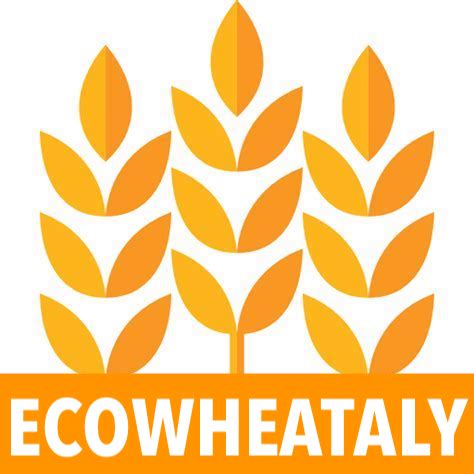Few crops reveal the balance of power in the world economy as clearly as wheat. From the Black Sea ports to the plains of the Midwest, this grain is not only a staple food but also a strategic commodity that shapes alliances, trade tensions, and even wars. Understanding who “wins” and who “loses” in the global wheat market means following a web of production, logistics, and politics that connects farmers to the price of bread on our tables.
Who produces the world’s wheat
Wheat is cultivated on more than 220 million hectares worldwide, an area larger than the entire European Union. About 750–780 million tons are harvested each year. Yet production is highly concentrated: just five countries—China, India, Russia, the United States, and France—account for more than half of the world’s total.
- China is the leading producer (over 130 million tons), but consumes almost everything domestically.
- India ranks second, focusing on self-sufficiency rather than exports.
- Russia and Ukraine, together with Kazakhstan, dominate the export market, controlling around 30% of global wheat exports before the war in Ukraine.
- The European Union—particularly France, Germany, and Poland—remains a key global player both in production and export.
This concentration means that a drought, a war, or a policy change in just one of these regions can shake global prices within days.
Who trades, who gains
Wheat prices are set in global commodity exchanges, such as Chicago, Paris, and Moscow, where contracts reflect not only physical supply and demand but also speculation and expectations about future yields.
According to the OECD–FAO Agricultural Outlook (2024), trade in wheat will continue to grow by about 1% annually over the next decade, driven mainly by demand from Africa and Asia.
Exporters with access to deep ports and strong logistics—like Russia, the EU, and Canada—gain the most. Import-dependent countries in North Africa, the Middle East, and Sub-Saharan Africa are instead exposed to price volatility and geopolitical risks. For them, wheat is a question of national security.
Why the market is so unstable
The war in Ukraine showed how fragile global supply chains are. Between 2021 and 2022, the price of wheat jumped by more than 50%, and food insecurity rose sharply in several developing countries.
Climate change is now another destabilizing factor: droughts in India, floods in China, and heatwaves in Europe are reducing yields and increasing uncertainty.
Even logistics and energy costs—like maritime transport and fertilizer prices—can amplify price fluctuations.
In this context, storage and reserves play a critical role: countries like China, which holds over 50% of global wheat stocks, have a strategic advantage, allowing them to stabilize internal markets and influence international ones.
The Italian paradox
Italy is Europe’s leading wheat importer and a global leader in pasta production. Every year it imports around 6–7 million tons of durum and soft wheat, mainly from Canada, France, and Hungary.
This dependence exposes the Italian agri-food chain to external shocks. The result is that the price of pasta in supermarkets is influenced not only by farmers’ yields but also by decisions made thousands of kilometers away, in the ports of the Black Sea or the Canadian prairies.
Yet this fragility also drives innovation: in recent years, several projects have emerged to relocalize supply chains, promote short supply chains, and use local varieties—a way to regain both food sovereignty and environmental sustainability.
Winners, losers, and the future of the market
In a globalized and unstable world, the “winners” are those who can combine technology, logistics, and foresight. Russia has increased its export capacity through new terminals on the Black Sea; the EU is focusing on sustainability and added value; and China continues to manage its huge domestic demand through strategic reserves.
The “losers” are countries that depend on imports without solid infrastructure or financial resources to cushion shocks. According to the FAO–WFP Hunger Hotspots Report (2023), food insecurity is worsening precisely in nations most dependent on wheat imports—such as Sudan, Ethiopia, and Yemen.
The real challenge for the coming years will be balancing market efficiency with food security and ecological transition. Ensuring fair access to wheat means ensuring peace and stability—because, as history has shown, when wheat becomes scarce, societies falter.
References:
- FAO (2024). The State of Agricultural Commodity Markets (SOCO 2024).
- OECD–FAO (2024). Agricultural Outlook 2024–2033.
- USDA Foreign Agricultural Service (2024). Grain: World Markets and Trade Report.
- World Bank (2024). Commodity Markets Outlook.
- International Grains Council (IGC, 2024). Grain Market Report.
- European Commission (2024). EU Agricultural Outlook for Markets and Income 2023–2035.
- Confagricoltura Research Center (2023). Italian cereals and global markets report.
- ISPI (2023). Food Security and the War in Ukraine.
- FAO & WFP (2023). Hunger Hotspots Report.
- UNCTAD (2024). Trade and Development Report.

